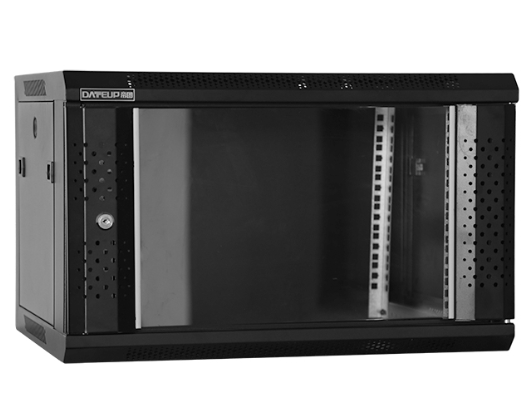News
Site Editor
 Site
https://leonetworkgroup.usa18.wondercdn.com/uploads/image/5fe152faa587d.png
Coaxial cables are widely used for transmitting signals in telecommunications, TV, and radio. They are designed to reduce signal interference and maintain signal fidelity over long distances. However, coaxial cables can experience wear and tear over time, which can affect their performance. To ensure that your coax cable is functioning optimally, you can test its signal with a multimeter. In this
Site
https://leonetworkgroup.usa18.wondercdn.com/uploads/image/5fe152faa587d.png
Coaxial cables are widely used for transmitting signals in telecommunications, TV, and radio. They are designed to reduce signal interference and maintain signal fidelity over long distances. However, coaxial cables can experience wear and tear over time, which can affect their performance. To ensure that your coax cable is functioning optimally, you can test its signal with a multimeter. In this
How To Test Coax Cable Signal With Multimeter
Views: 573
Author: Site Editor
Publish Time: 2023-07-12
Origin: Site
Coaxial cables are widely used for transmitting signals in telecommunications, TV, and radio. They are designed to reduce signal interference and maintain signal fidelity over long distances. However, coaxial cables can experience wear and tear over time, which can affect their performance. To ensure that your coax cable is functioning optimally, you can test its signal with a multimeter. In this article, we will discuss how to test a coax cable signal with a multimeter.
What is a Multimeter?
A multimeter is an electronic tool that measures voltage, current, and resistance. It is commonly used for troubleshooting, testing, and diagnosing electrical equipment and circuits. It has two probes, a red one and a black one, which are used to test electrical connections. A multimeter typically has several settings, including voltage, current, resistance, and continuity.
Testing a Coax Cable Signal with a Multimeter
To test a coaxial cable signal with a multimeter, follow these steps:
Step 1. Turn off the power to all equipment connected to the coaxial cable that you want to test.
Step 2. Set the multimeter to the continuity or resistance setting. The continuity setting is typically represented by a symbol that looks like two overlapping circles, while the resistance setting is represented by the Ohms symbol (Ω).
Step 3. Touch the red probe to the center conductor of the coaxial cable connector and the black probe to the outer shield of the connector.
Step 4. Check the multimeter reading. If the coaxial cable is intact, the reading should be zero. If the reading is infinite or very high, it indicates that there is a break in the cable.
Step 5. Move the probes along the length of the cable to test for any breaks or faults. Check every few inches until you have tested the entire length of the cable.
Step 6. If you find a break in the cable, you will need to repair or replace it.
Conclusion
Testing a coaxial cable signal with a multimeter is a simple and effective way to ensure that your cable is functioning properly. By following the steps above, you can easily identify any breaks or faults in your cable and take the necessary steps to repair or replace it. Remember to always turn off the power to any connected equipment before testing the cable to avoid damaging your equipment or risking electrocution.
If you want to know more about industrial network cabinet,china fiber optic splice closure,china fiber optic distribution box,please consult the fiber optic splice closure factory









